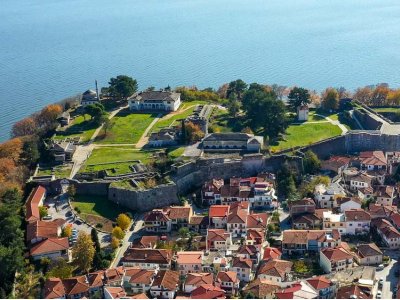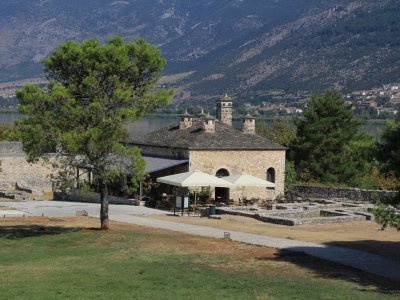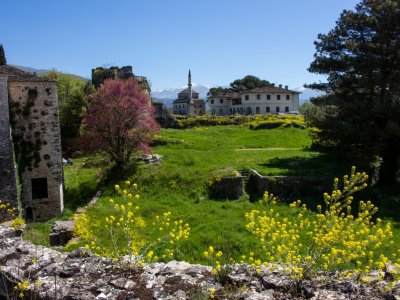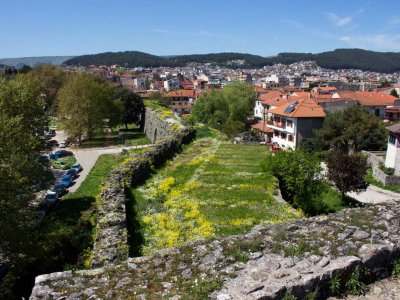Ioannina Castle

The Castle of Ioannina is a reference point of the city. Its current form is due to Ali Pasha who rebuilt the castle in 1815 almost from scratch. Access to the castle until 1913, was possible only if from the inside they took down the connection staircase, which connected the outside world with the castle and this is because the lake and the water ditch rested on the walls. From the main gate, where the Turks hanged the new martyr George, patron saint of Ioannina, we enter the castle. This gate is at the end of Averoff Street.
History of many years
Its narrow streets lead us to the hill where the mosque of Aslan Pasha is located in the northern citadel. It was built in 1618 by the homonymous Pasha in memory of the collapse of the revolution of Dionysios the Philosopher (1611). It dominates perhaps the most beautiful part of the city overlooking the lake, the island and the city itself.
Above the main gate we can see the coat of arms of Ali Pasha. On the right side, rises above the wall the tower that was built during the Turkish occupation for the "Venetian" clock of the Castle. This watch was used by the Italians in 1917 and was recently replaced by Gianniotes.
In the place occupied today by the mosque, was the church of Ag. Ioannou the forerunner that was destroyed in 1611. Today the place functions as a Municipal Museum. Right and left, as the uphill road begins, we meet many buildings of Ottoman rule.
To our right we find the Turkish baths (hamam), built with peculiar architecture (in the shape of a cross, with a vaulted dome). They included changing rooms, bathrooms, and a rest area. The baths were a place of communication, especially for women, for whom special preparation for the bath was provided. To our left is the famous Sufari Sarai.
It was a two-storey building, with a stone external staircase and a wooden roof. This is the camp of Ali Pasha, where the protagonists of '21 were trained (Androutsos, Karaiskakis, M. Botsaris, Ath. Diakos, etc.).
The Turkish library built in the early 19th century. Includes a room with a square hallway and two rooms at the edges. The vaulted roofs are of exceptional art, it survives intact, only no books or manuscripts have survived. Leaving the northern citadel, we go to the inner fortress, Its kale. Before entering this area, we find the plane tree where the leader of the klettouria, Katsantonis, martyred in 1807.
The gate is kept in very good condition and is imposing. Above her bow were two lions with the word "Aslan" embossed on them. In the background on the left, rises the Fethiye Mosque built in 1618 on the site of the Christian church of the Archangel Michael. Next to the mosque, the marble base of the family tomb of Ali Pasha is preserved. Only his headless body and Emine's wife are buried.
His head is buried in Istanbul with his children, Mukhtar, Veli, Salih and Mehmet, who were executed by order of the sultan. The beautiful iron railing was stolen during the occupation. In the place where the Byzantine museum has been operating since 1995, was the sarai of Ali Pasha, who built it in 1789 and had an administrative center, which burned completely in 1870. To the right of the Byzantine museum, are the ruins of the harem of Ali pasha.
The tower of Boemund (bastion) is one of the few medieval buildings that have survived. It is named after the Norman conqueror of Ioannina (1082 AD). During the Turkish occupation it housed the financial services. In the Southern Acropolis of the Castle of Ioannina near the tower of Boimundos and in contact with the church of Agioi Anargyroi, the historical gunpowder depots of Ali Pasha are preserved.








